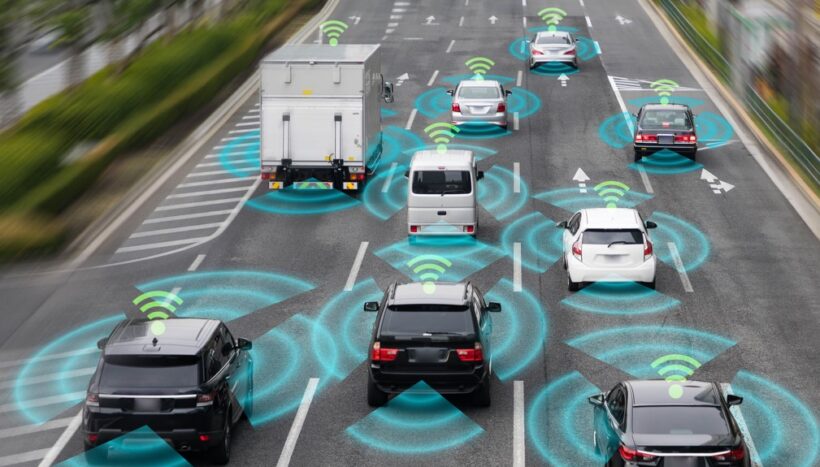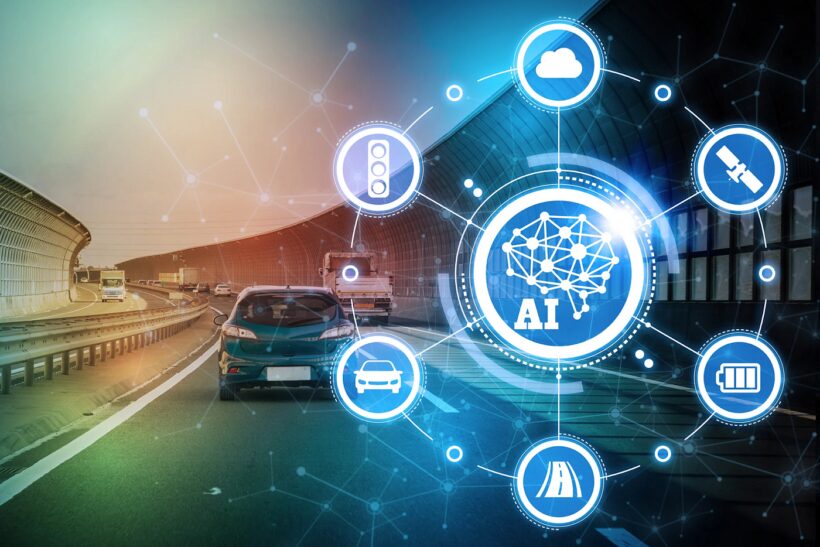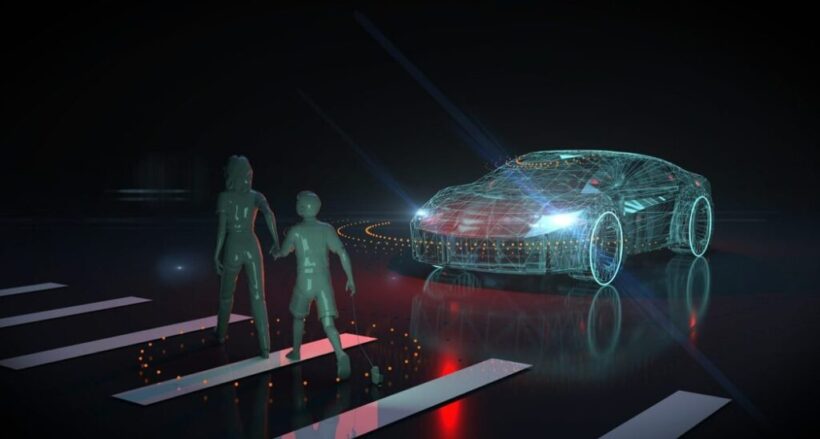In the early 20th century, Henry Ford introduced the assembly line production method, revolutionizing mass production and making automobiles more affordable and accessible to the general public. Ford’s Model T, introduced in 1908, became a symbol of the era and marked the beginning of the automotive industry’s transition from luxury to a more mainstream mode of transportation.
Throughout the 20th century, the automotive industry experienced rapid growth and witnessed milestones like the introduction of safety features, fuel efficiency improvements, and the adoption of automation and computerization in vehicles. The industry also witnessed cultural shifts, such as the popularity of muscle cars in the 1960s and 1970s and the increasing demand for environmentally-friendly vehicles in recent decades.
In the 21st century, the automotive industry is undergoing a significant transformation. Technological advancements, such as electric vehicles, autonomous driving, and connected cars, are reshaping the industry’s landscape. Electric vehicles are gaining popularity as a cleaner and more sustainable alternative to traditional internal combustion engines, while autonomous driving technology holds the promise of safer and more efficient transportation.
The automotive industry, a cornerstone of technological innovation, stands on the precipice of a new era. Autonomous vehicles (AVs), once relegated to the realm of science fiction, are rapidly becoming a reality. As traditional vehicles transform into computers on wheels, the road to full autonomy promises significant impacts on safety, mobility, and the economy. If you’re experiencing rough rides during this transformative period, remember to contact Fulcrum Suspension for wheel alignment and other maintenance services. This article embarks on a comprehensive exploration of autonomous vehicles and their role in the evolution of the automotive industry.
Understanding Autonomous Vehicles: Levels of Autonomy

Autonomous vehicles (AVs) are an amalgamation of complex systems working together to drive without human input. This doesn’t mean all autonomous vehicles are created equal – the degree of autonomy can vary greatly. To provide clarity, the Society of Automotive Engineers (SAE) has defined six levels of driving automation, categorized from Level 0 (no automation) to Level 5 (full automation). As of today, Level 2 and Level 3 vehicles, which include features like adaptive cruise control, lane-keeping, and self-parking, are already in the market. According to the Boston Consulting Group, by 2035, over 12 million fully autonomous vehicles could be sold per year globally.
The Driving Forces: AI and Sensor Technology

Artificial Intelligence (AI) and sensor technology are the twin pillars supporting the development of autonomous vehicles. AI algorithms process data from sensors, enabling vehicles to perceive their environment, make decisions, and navigate the roads. The sensor suite typically includes cameras, radar, LiDAR, and ultrasonic sensors, each contributing to a comprehensive understanding of the vehicle’s surroundings. As these technologies advance, the capabilities of autonomous vehicles continue to expand.
Safety First: The Potential of AVs to Reduce Accidents
One of the most compelling arguments for autonomous vehicles is their potential to improve road safety. Human error is a factor in approximately 94% of traffic accidents, according to the National Highway Traffic Safety Administration. By eliminating human error, AVs could significantly reduce accidents, saving lives and reducing injury-related costs.
The Transformative Impact on Urban Planning and Real Estate
The advent of autonomous vehicles will have significant implications for urban planning and real estate. Cityscapes have been designed with cars in mind, from highways to parking lots. With AVs, especially shared ones, the need for parking spaces in city centres could decrease, freeing up vast amounts of space for other uses. Additionally, autonomous vehicles could impact real estate by changing commuting patterns. As commuting becomes more comfortable and productive in autonomous vehicles, people may be willing to live further away from city centres, potentially leading to a shift in real estate values.
The Role of Policy and Regulation in Shaping the Future of AVs
Government policy and regulation will play a pivotal role in shaping the future of autonomous vehicles. Policies supporting research and development, infrastructure development, and consumer adoption can accelerate the transition to AVs.
At the same time, regulations are needed to ensure safety, protect consumer rights, and address ethical issues. The challenge for policymakers is to strike a balance between encouraging innovation and ensuring public safety and trust. This interplay of technology and policy will be a key determinant in the trajectory of the autonomous vehicle revolution.
Economic and Environmental Impacts: A Double Win
Autonomous vehicles could deliver substantial economic benefits. According to Intel, self-driving vehicles could generate a global economic opportunity worth $7 trillion by 2050. This figure includes direct revenue from the sales of AVs and indirect revenue from new services and jobs created in the AV ecosystem. On the environmental front, AVs are expected to be predominantly electric, significantly reducing greenhouse gas emissions. Moreover, autonomous vehicles, with their ability to optimize routes and reduce congestion, can further contribute to energy efficiency.
Roadblocks Ahead: Challenges to AV Adoption
Despite the promise of autonomous vehicles, several challenges need to be addressed. These include technological hurdles, regulatory issues, and public acceptance. The need for extensive real-world testing, ethical considerations in AI decision-making, and cybersecurity concerns also pose challenges. However, with ongoing research and development, these issues are being progressively tackled.
As the dawn of the autonomous vehicle era approaches, it’s clear that the impacts will be far-reaching, affecting not just the automotive industry but society at large. As we navigate this exciting yet challenging journey, regular vehicle maintenance remains essential for a smooth ride.
In conclusion, autonomous vehicles represent an exciting frontier in the automotive industry, promising a transformative impact on safety, mobility, economy, and the environment. The road to full autonomy is fraught with challenges, but with the relentless pace of technological advancements, a future where cars drive themselves is not just plausible—it’s inevitable. As we witness this evolution, it’s crucial to ensure our vehicles remain in peak condition, ready to embrace the future. For top-notch services like wheel alignment, contacting professionals can help you stay on track in this dynamic landscape. As we cruise towards the future, the horizon of possibilities continues to expand, marking an exciting new chapter in the story of human mobility.

